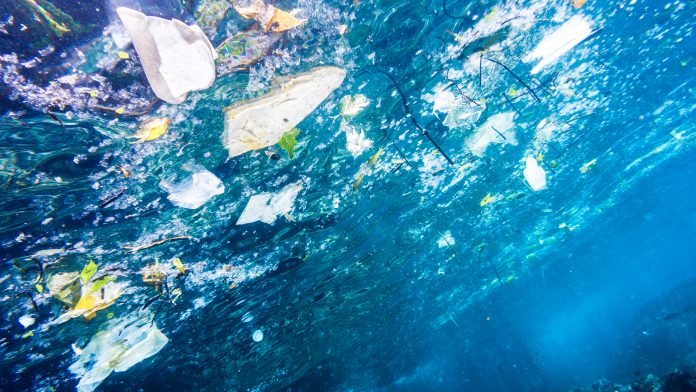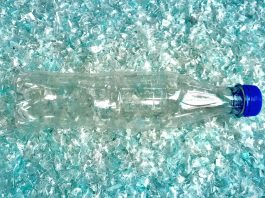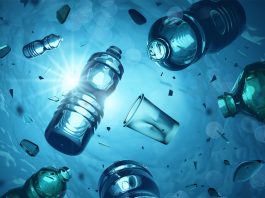Researchers at São Paulo State University (UNESP), Brazil, have developed a film, made from hydroxypropyl methylcellulose (HPMC) and bacterial cellulose scraps, that can replace plastic in food packaging.
The product outperforms film made of HPMC alone. Márcia Regina de Moura Aouada, a co-author of the team’s article, published in the journal Applied Material & Interfaces, said: “We set out to fill the HMPC matrix with bacterial cellulose nanocrystals in order to enhance its properties. We also wanted to create greener protocols for the development of novel composites, from the material itself to its origin, so we included the reuse of industrial waste in the project.”
Aouada has a PhD in chemistry from UNESP, where she teaches and is a researcher at the Center for Development of Functional Materials (CDMF). Since her PhD, Aouada has studied films made from renewables, and edible and biodegradable films, with the aim of reducing the growing issue of solid waste in the form of dumped plastic food packaging.
Pamela Melo, a graduate student in material sciences at UNESP and first author of the article on the project, said: “One of the limitations of films made of HPMC and other biopolymers is their low mechanical strength compared with traditional films derived from petroleum. They are also highly permeable to water vapour, which limits the available applications. We improved these properties by adding bacterial cellulose.”
Converting waste biofilms into packaging
The researchers obtained bacterial cellulose scraps from Seven Indústria de Produtos Biotecnológicos, which makes wound dressing biofilms. To convert this waste into film suitable for food packaging, they first milled the scraps into powder. “We then submitted the powder to sulfuric acid hydrolysis,” Melo said. The result was a bacterial cellulose nanocrystal suspension, which they mixed with HPMC diluted in water to produce a film-forming dispersion, a target of interest for the bioplastics industry.
Aouada said: “It’s not enough to create good composites. We need to find the best solution to obtain good film properties by varying factors such as viscosity and nanoparticle concentration. A fair analogy could be a cake recipe: studying the recipe is another significant innovation in our study.”
How the nanocrystals interact with the HPMC matrix and are distributed within it will determine film quality, “so we conducted tests and arrived at the optimal distribution via high-energy dispersion using a Turrax disperser,” Melo said. The film-forming dispersion was deposited on a substrate. The solvents evaporated after 24-48 hours. The result was a stronger, less permeable product than HPMC-only film. The amount of water absorbed by the material is currently a constraint on its use in packaging.









